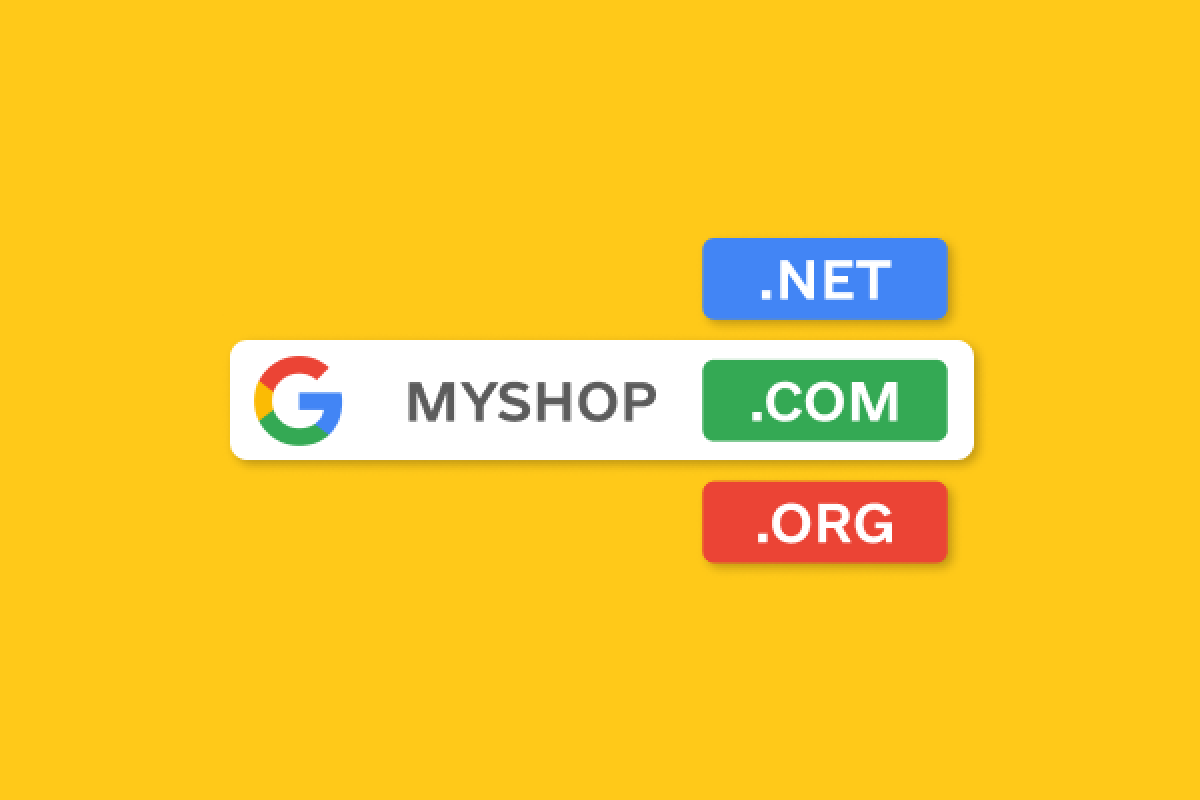A chargeback is a dispute of payment by the owner of a bank card. The dispute can be initiated by a bank client who believes that a money transfer was made in error or by fraudsters without the consent of the cardholder. During the chargeback process, evidence that the payment was incorrect must be provided. To do this, the cardholder must provide the bank with all documents related to the payment, such as receipts, emails, and so on. If it is a case of fraud, additional evidence will be the history of conversations with the fraudster. Without evidence, the chargeback process is likely to be unsuccessful.
Chargebacks are possible thanks to consumer protection systems that are provided for most payment systems. This system allows clients to get their money back when it has been incorrectly deducted from their account. Chargebacks also help clients who, for some reason, did not receive the goods or services for which they paid.
To initiate a chargeback, the client must contact their bank with a complaint about the payment. The card-issuing bank begins an investigation and sends a request for a refund to the bank that accepted the payment. The receiving bank may dispute the decision of the card-issuing bank and argue that the payment was legal, and therefore there is no reason for a chargeback.
Chargebacks can be unpleasant for online sellers, as they not only lose money for the goods or services but also face possible fines and losses from processing the chargeback. For this reason, it is important for sellers to monitor their reputation and provide high-quality service to prevent possible payment disputes.



